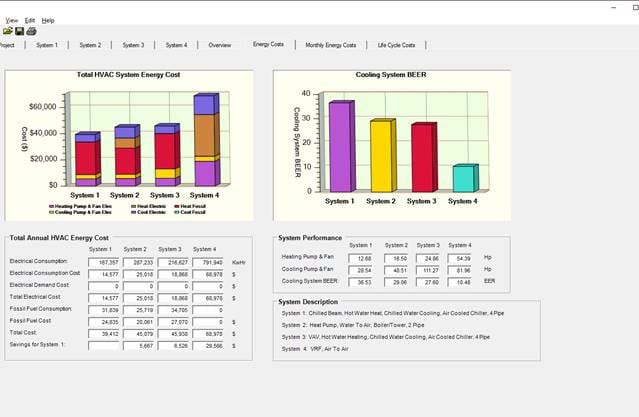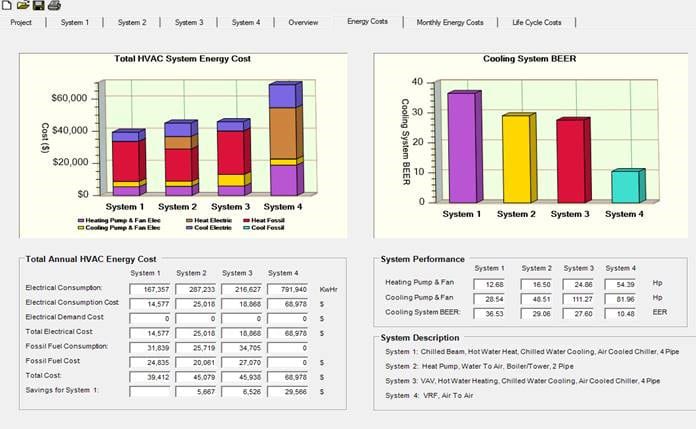RPA NEWS
Demand BEST 6.0 — there is no excuse not to model before going to EnergyPlus




One of the many issues surrounding climate change is the efficiency of HVAC systems. In fact, the EPA suggests that space heating and cooling accounts for about 48 percent of energy use in U.S. residences and about 44 percent of energy use in commercial buildings.
Today, version 6.0 of the Building Efficiency Software Technology™ (BEST) enables not only every engineer to model typical to hybrid HVAC systems with multiple sources of heating or cascaded cooling systems, but every contractor can now budget that system selection illustrating the impact on your cost and utility bills before you buy. And you can do it too! BEST is a tool for everyone, and it’s confidential and free!
Selecting the most efficient HVAC system for a specific building requires thorough research and design. System selection must respond to what the owner requires, but multiple changes in utility rates, future codes, and power or fuel availability over the lifespan of the system. This should easily be more than 20 years.
HIA-C has expanded the air-conditioning unit certification process with BEST software from a rating point, or part-load operating reports of an air conditioner, to the entire HVAC system. Hundreds of examples are included, and the “Help” file will guide and inform you to tailor the output for your needs.
Changes to BEST 6.0 graphically show the impact of utility costs on system choice, especially when converting to all-electric systems or reducing the use of fossil fuel. BEST provides a comprehensive look at the economic impact on the decision by including comparisons of operating costs against utility rates and installation costs.
There is no FREE software as comprehensive as BEST 6.0, which makes it possible for every engineer to model all systems and every contractor to budget the system described.
The software calculates monthly and annual energy consumption, operating cost, and payback of multiple systems against the exact same building profile and cost. The wizards and examples highlight the systems and efficiency selected against cost.
We realized that while our BEST software is extremely comprehensive, previous versions lacked a specific output for demand day, or for 15-minute periods of energy consumption.
Monthly and annual numbers are useful, but what about uncharacteristic weather events? By design, weather data that the BEST software — and most energy software — request to calculate annual use deliberately minimizes historic peaks because they represent a small portion of annual use. These can become a major part of your bill due to demand charges, whether current or future.
Demand charges, grid management and fuel use all have an impact on your utility bill. Even the sizing of renewables or efforts to move toward net-zero must focus on performance and consumption at demand conditions.
BEST output, in the Monthly Energy tab, shows kilowatt consumption and fossil fuel for both heating and cooling. Every designer can describe a system in BEST, and once described, every contractor can determine the installation cost of that system to help focus on where energy is being consumed.
Today, cost and thermodynamics must be front and center over marketing rhetoric. The magnitude of demand is critical when evaluating electrification and decarbonization.
BEST has also been updated with a separate calculation of the energy used to heat water, based on building type and occupancy. As with all BEST inputs, the defaults are current industry practice, are required for the program to show outputs available and are changeable to your requirements.
Visit HIA-C.org to download the BEST software. It’s fast, free and more capable than ever.
